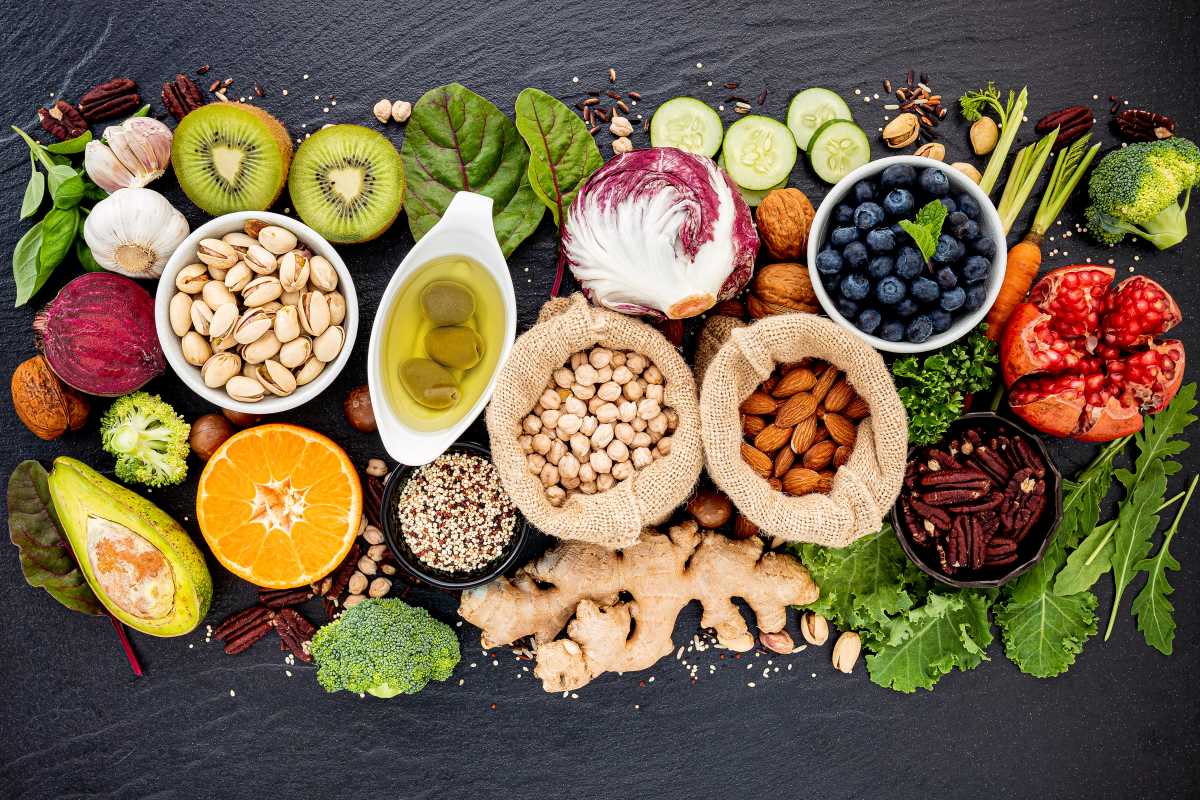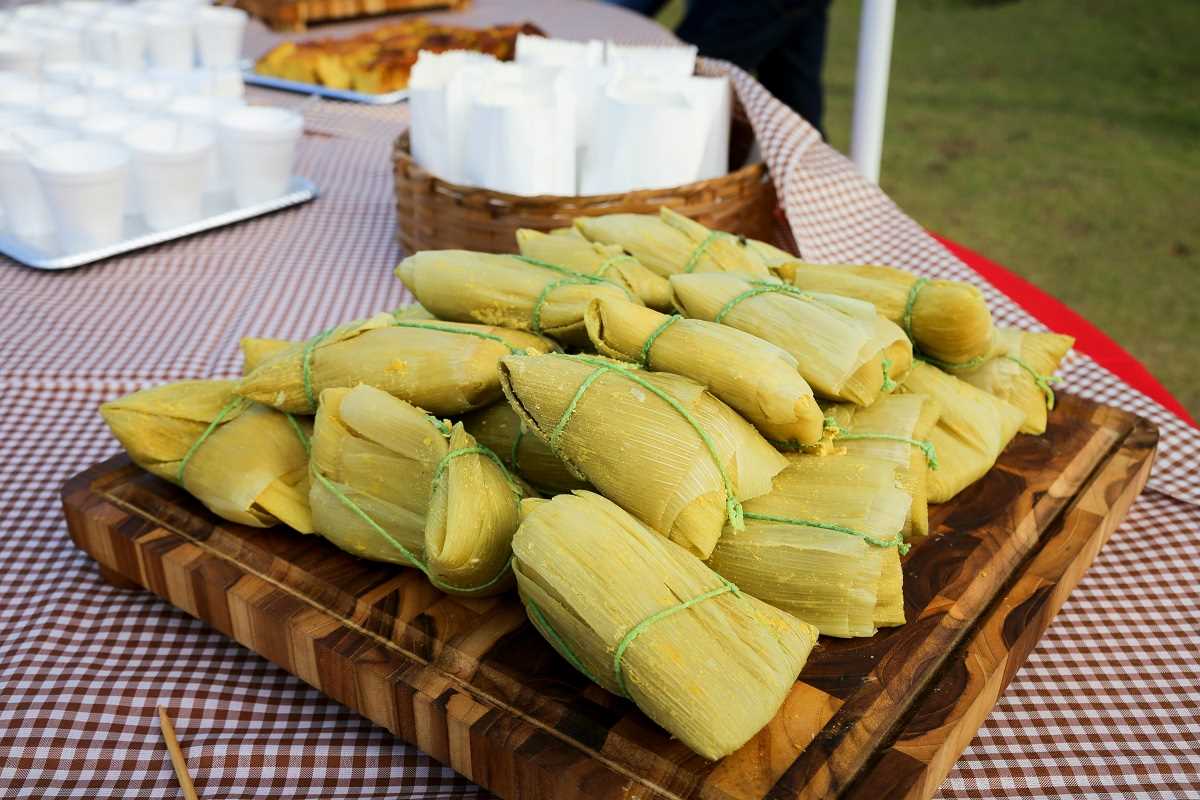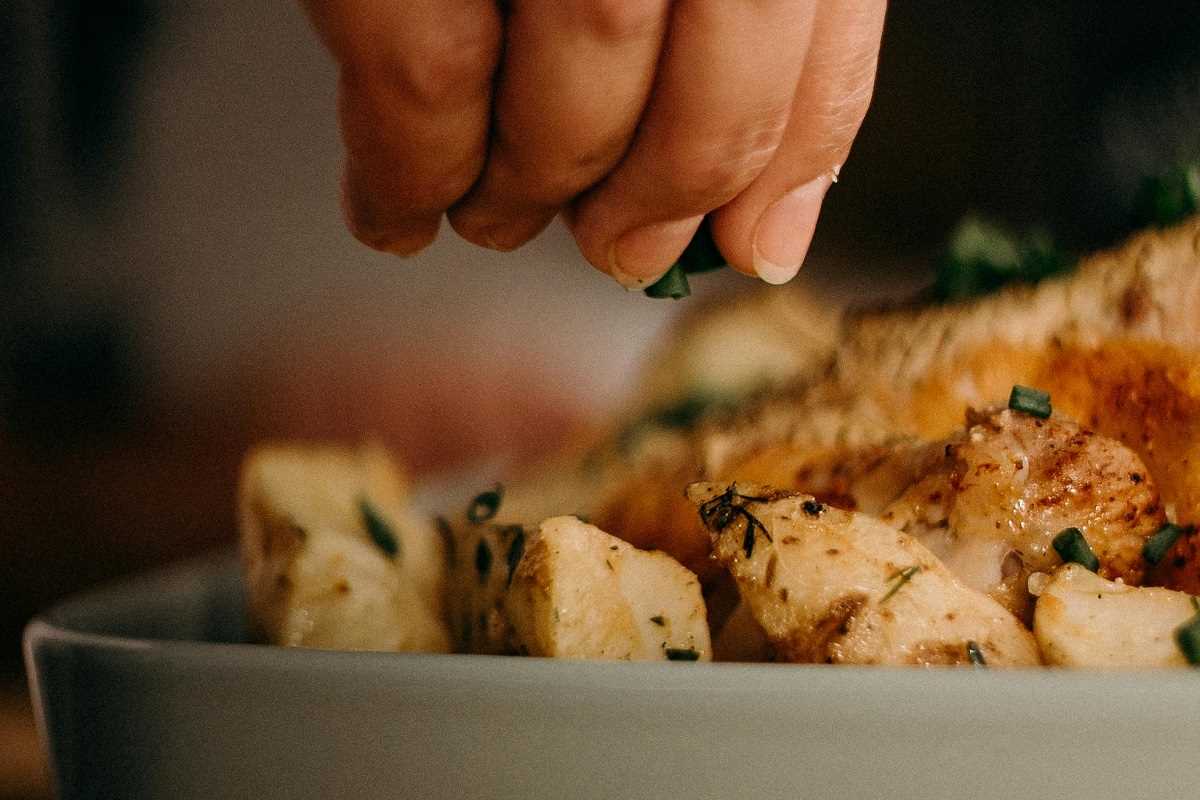Fresh carrots and shiny tomatoes often arrive at their destination looking less than perfect, especially after a long trip. By learning a few straightforward preservation techniques, you can transport fruits and vegetables across long distances and still enjoy them at their best. This guide shows you how to maintain the quality and freshness of your produce, whether you’re traveling from one campsite to another or making your way through busy train terminals. Gather your coolers, wraps, and moisture-control tools to keep your harvest crisp and delicious, no matter how far you roam.
We’ll explore new ways to protect perishable ingredients and provide practical steps that let your garden’s bounty accompany you on the road. Skip the soggy lettuce and cracked apples – every section here offers clear next moves to maintain crunch and flavor while traveling.
Fresh Ideas for Caring for Produce
Plants continue breathing after harvest, and understanding this process drives every preservation method. By treating fruits and vegetables as living guests, you can control temperature, moisture, and airflow to make them last longer. Knowing how quickly they respire helps you choose specific techniques, such as low-oxygen storage for berries or ethylene absorption for bananas. This perspective transforms simple packing into an act of nurturing.
Seeing acidity levels and skin thickness as clues also changes your approach. Thick-skinned items like citrus tolerate rough travel, while soft peaches need gentle handling. Observing these physical traits guides whether to wrap individually or nestle among firmer companions. This attention to each item’s biology replaces guesswork, keeping everything edible and appealing even after days on the road.
Another Approach to Keeping Produce Fresh
Controlling moisture is essential to keep produce firm and flavorful. Balancing humidity prevents wilting without encouraging mold. For example, using breathable liners in coolers maintains a damp atmosphere around leafy greens while draining excess water. Such carefully managed humidity environments help lettuce stay crisp instead of soggy.
Storing products thoughtfully reduces waste too. Keeping aromatic herbs in slightly damp paper towels inside perforated bags preserves their oils and prevents drying out. Meanwhile, separating low-odor items like root vegetables allows each category to retain its natural qualities. This method of managing humidity and air circulation across different products offers a refined tactic beyond just tossing everything into one container.
Practical Steps for Packing and Preserving
- Cold-Chain Cooler Technique
- Purpose/Benefit: Keeps steady low temperature to slow respiration and bacterial growth.
- Steps:
- Line cooler base with a silicone mat for insulation and reduced condensation.
- Place ice packs at both ends, separated by cardboard from produce.
- Organize by heat sensitivity, keeping tomatoes near the warmer center.
- Cost/Availability: Foam coolers $50–$100; soft coolers ~$30.
- Insider Tip: Pre-chill produce and ice packs for 2+ hours before packing.
- Vacuum-Seal Pouch Method
- Purpose/Benefit: Removes air to prevent oxidation and moisture loss.
- Steps:
- Divide produce into meal-sized portions before sealing.
- Use handheld vacuum sealer with BPA-free pouches.
- Store upright to drain excess liquid.
- Cost/Availability: Sealers $40–$70; pouches ~$1 each.
- Insider Tip: Freeze soft berries on a tray before sealing to avoid crushing.
- Humidity-Control Lid Attachment
- Purpose/Benefit: Adjusts moisture levels in storage bins.
- Steps:
- Fit humidity-control lid on airtight container.
- Set to “High” for leafy greens, “Low” for mushrooms/berries.
- Check daily and adjust as needed.
- Cost/Availability: ~$15 each, fits common containers.
- Insider Tip: Mark lid settings with waterproof pen for quick reference.
- Clay Pot Evaporative Cooler
- Purpose/Benefit: Lowers temperature through evaporation without electricity.
- Steps:
- Place smaller terracotta pot inside larger, fill gap with damp sand.
- Store produce inside inner pot, cover with damp cloth.
- Keep in shaded, ventilated area for best cooling.
- Cost/Availability: ~$20 for pots; sand is inexpensive.
- Insider Tip: Re-moisten sand twice daily, especially in dry climates.
- Ethylene-Absorbing Sachets
- Purpose/Benefit: Slows spoilage by absorbing ripening gases.
- Steps:
- Place sachet with activated carbon or potassium permanganate inside container.
- Keep sachets dry in moisture-wicking pouch.
- Replace every 3 days or when discolored.
- Cost/Availability: ~$5 each, available online or in specialty shops.
- Insider Tip: Use vented lids with sachets to balance airflow and ethylene capture.
Additional Transport Methods
- Cold Gel Mat Layering
- Purpose/Benefit: Distributes cooling evenly across flat-packed produce layers.
- Steps:
- Place thin cooling gels between corrugated cardboard dividers in a crate.
- Stack produce in a single layer on each cooled sheet.
- Cover with another gel mat and seal using breathable duct tape strips.
- Cost/Availability: $2–$3 per reusable gel sheet.
- Insider Tip: Rotate gel mats every 12 hours to prevent cold spots.
- Paper Towel Moisture Wrap
- Purpose/Benefit: Maintains dampness without soaking produce.
- Steps:
- Moisten paper towel, squeeze out excess water.
- Wrap greens or herbs, then place into perforated plastic bags.
- Store in the coolest part of your pack or insulated box.
- Cost/Availability: Under $5 for towels and bags.
- Insider Tip: Replace paper towel every 24 hours to prevent bacteria buildup.
- Modular Container System
- Purpose/Benefit: Organizes produce by type, reducing crushing damage.
- Steps:
- Use separate plastic modules for fruits, vegetables, and herbs.
- Connect modules with snap-together rails for stability.
- Add or remove modules to adjust storage space.
- Cost/Availability: $10–$25 per box, fits standard coolers.
- Insider Tip: Color-code lids for quick identification on the move.
- Desiccant Packet Integration
- Purpose/Benefit: Keeps air dry around dried foods or nuts.
- Steps:
- Place food-grade silica gel packets inside airtight boxes.
- Keep packets in corners to avoid direct produce contact.
- Recharge by baking at low heat every few days.
- Cost/Availability: Multipacks available online for under $10.
- Insider Tip: Wrap packets in thin cloth to prevent bead contact with food.
- Herb Stem Hydration Method
- Purpose/Benefit: Keeps cut herbs fresh like mini bouquets.
- Steps:
- Trim stems, place in water-filled vial or test tube.
- Seal vial inside container with a humid sleeve.
- Change water daily and recut stems every two days.
- Cost/Availability: ~$5 for a set of five capped test tubes.
- Insider Tip: Label each vial with harvest date to track freshness.
Tips for Adjusting While Traveling
- Attach a waterproof temperature strip to your cooler’s outside to check the internal temperature without opening it.
- Every day, check sealed bags for gas buildup; gently puncture and reseal to release excess gas that can bruise delicate produce.
- Place your cooler in a shaded part of your vehicle, shifting it hourly if the sun moves, to prevent hotspots that speed up spoilage.
- Keep a small insulated bag with ice bricks for quick restocking of single portions, avoiding heat exposure for the entire cooler.
- Move older produce to the top each morning so you use the items that are closest to spoiling first.
You now have a collection of effective and creative ways to preserve your garden’s flavors wherever your travels take you. Combining temperature control, humidity management, and clever packing lets you enjoy fresh produce miles from home.
 (Image via
(Image via





